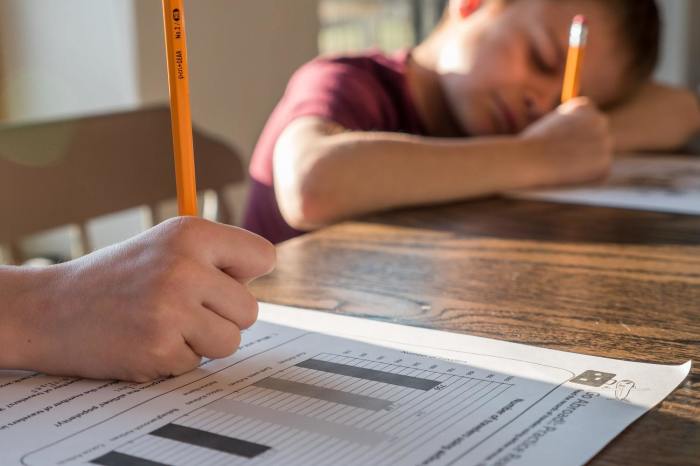More Calif. schools staying closed this fall; Trump's press sec. says 'science is on our side' to reopen

As the White House continues to push for schools nationwide to reopen in the fall, more school districts in California announced plans to keep their doors closed amid rising coronavirus cases.
Los Angeles, San Diego, Long Beach and San Francisco Unified School Districts all said this week that they will offer online-only learning this fall. Orange County, meanwhile, intends to have students in the classroom next month.
Long Beach announced on Tuesday that “though LBUSD had hoped to allow parents to choose from all online or a combination of online and in-person learning on Sept. 1, those plans are now on hold in favor of all online instruction for all students.” Classes will remain “entirely online, at least through Oct. 5.”
SFUSD Superintendent Vincent Matthews said Wednesday that they will start school on Aug. 17 with distance learning but they “hope to provide a gradual hybrid approach (a combination of in-person and distance learning) for some students when science and data suggest it is safe to do so.”
Los Angeles and San Diego Unified School Districts — the two largest in the state — released a joint statement on Monday, saying that “the skyrocketing infection rates of the past few weeks make it clear the pandemic is not under control.”
“Those countries that have managed to safely reopen schools have done so with declining infection rates and on-demand testing available. California has neither," the two districts said.
In Los Angeles County, 143,009 cases have been reported as the area is experiencing a rise in positive cases. San Diego County is also seeing an increase in COVID-19 cases.
LAUSD Superintendent Austin Beutner acknowledged in-person learning is the best educational method, but the precautions have been made unavoidable due to the virus, he said, according to the Los Angeles Times.
“Let me be crystal clear,” Beutner said in an interview with the LA Times. “We all know the best place for students to learn is in a school setting.” But, he added, “we’re going in the wrong direction. And as much as we want to be back at schools and have students back at schools — can’t do it until it’s safe and appropriate.”
LAUSD — the second-largest school system in the country — provides an education to nearly 500,000 students ranging from K-12 and 75,000 Californians work in the school system.
The two districts will begin the year with online-only learning and will remain in that setting “until further notice,” according to Beutner.
The announcements come as White House Press Secretary Kayleigh McEnany reiterated on Thursday that President Donald Trump wants kids in school.
“Science is on our side here,” McEnany said, citing a JAMA Pediatrics study. “The risk of critical illness from COVID is far less for children than that of seasonal flu.”
“We encourage for localities and states to just simply just follow the science, open our schools,” she added, noting “it’s very damaging to our children” to keep them out of schools.
In Orange County, the superintendent said in a July 10 newsletter they intend to open on Aug. 19 “as long as we can do so safely and public health guidelines allow.”
Orange Unified School District Superintendent Gunn Marie Hansen acknowledged that “there is not a one-size-fits-all solution” and they “are working to provide options to best support the needs of our diverse community.” Proposals that will be reviewed at a July 23 meeting include “full-day on-campus instruction, a hybrid on-campus and virtual model, and the opportunity for 100% off-campus virtual learning using online instruction.”
OUSD includes 44 schools ranging from preschool to high school. More than 27,000 students are enrolled, with about 45% receiving free or reduced lunch, according to The Education Data Partnership.
According to a poll conducted by Strategies 360, 33% of polled California adults had a negative view toward online learning. Thirty-six percent of those polled felt a combination of positivity, negativity and general uncertainty. Only 23% had a mostly positive view of online-learning.





























